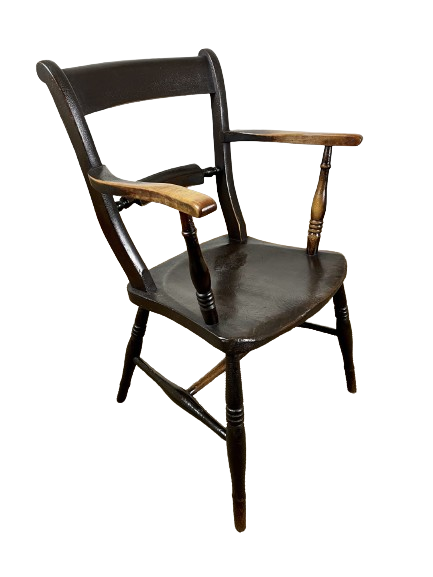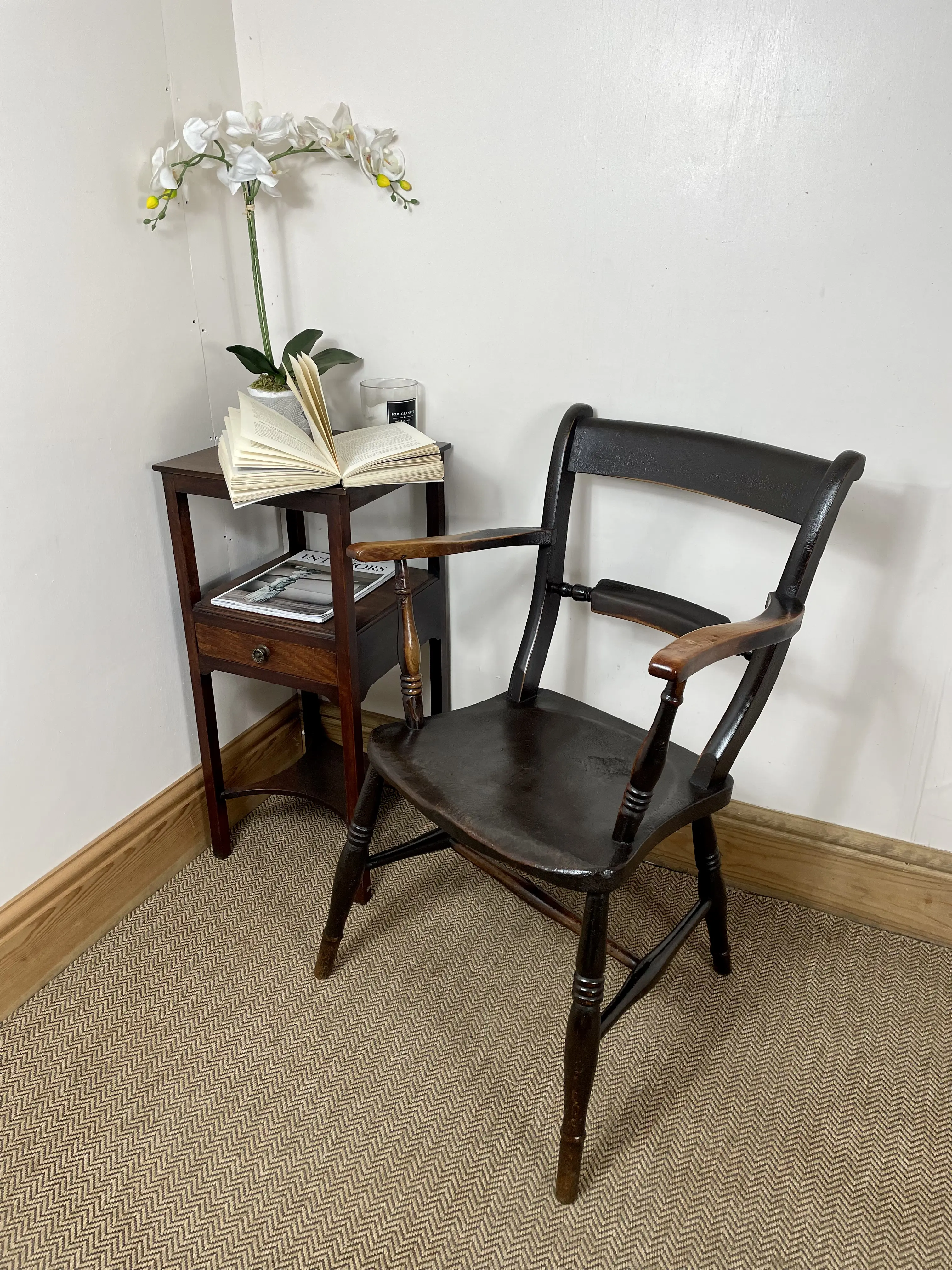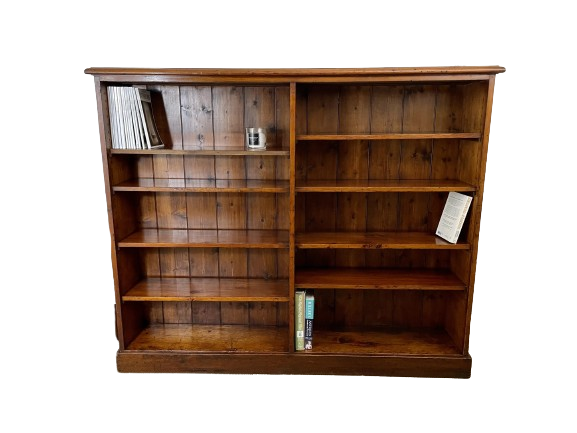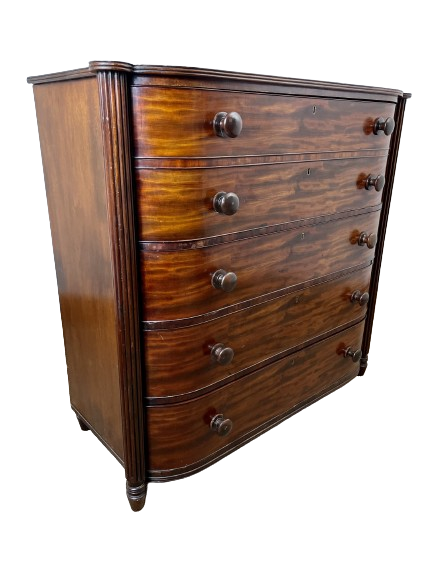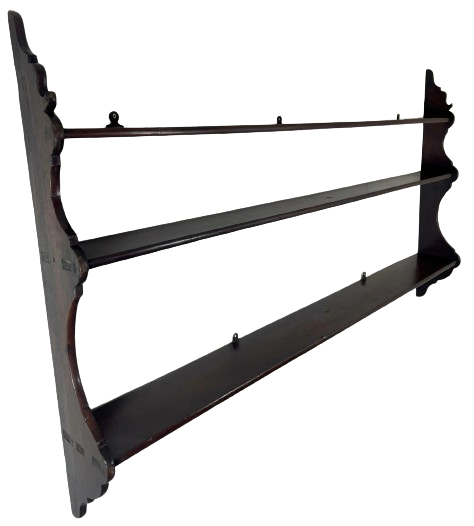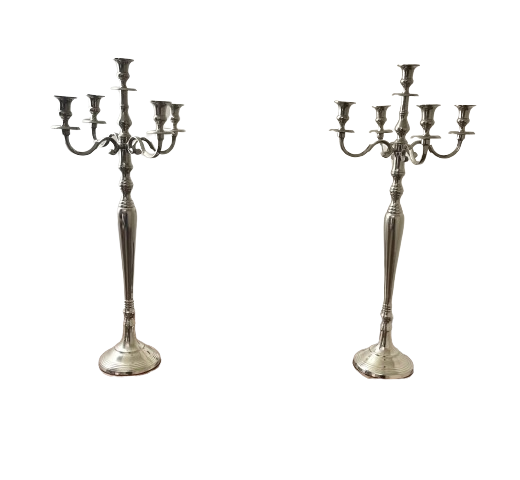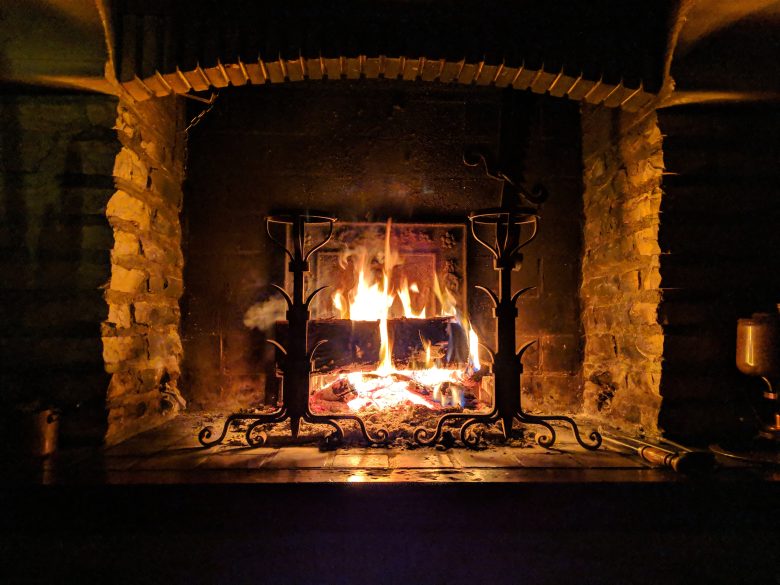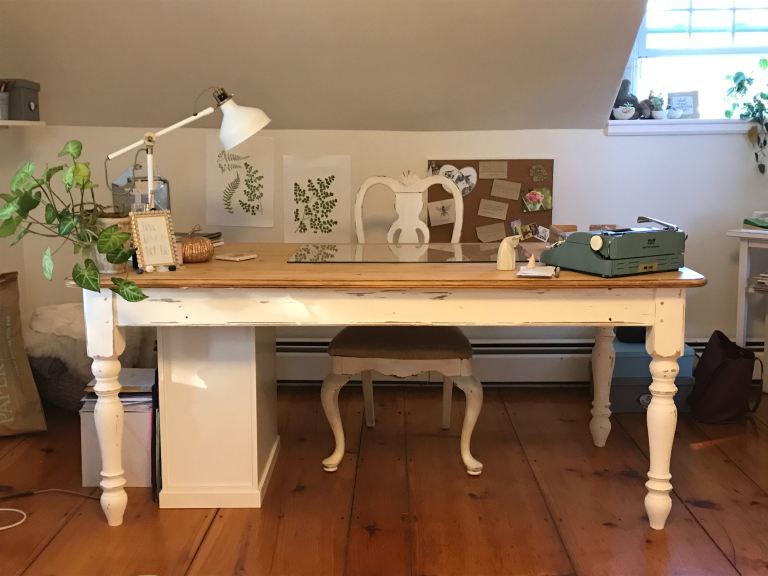
Table of Contents
Introduction
In the ever-evolving world of interior design, a growing trend is the return to our roots, a rediscovery of our design heritage. Homeowners are increasingly drawn to the character and charm of antique decor, appreciating its unique ability to infuse spaces with a sense of history, personality, and warmth. As we delve into the rich world of antiques, spanning eras from Georgian grandeur to Victorian opulence, and beyond to the nostalgic allure of vintage, we invite you on a journey. A journey of exploring past design philosophies, learning how to blend old and new, and ultimately, creating a living space that is a true reflection of you. Embrace your design heritage and let us discover together how antique decor can shape a distinctive personal style.
The Beauty of Design Heritage
Our design heritage encapsulates the diverse styles, techniques, and materials passed down through generations. It shapes the fabric of our homes, acting as a tangible link between our past and present. This blog will guide you on a journey through time, delving into the rich tapestry of interior design.
Key Elements of Design Heritage
- Periods: Design periods such as the Georgian and Victorian eras have profoundly influenced our understanding of interior design, each with unique stylistic elements and materials.
- Antiques: Antique pieces often serve as a physical embodiment of a particular design period. These treasured items can add a touch of elegance and charm to your living space.
- Vintage: Beyond specific periods, the broader vintage style offers a whimsical, eclectic charm. Vintage pieces, though not necessarily as old as antiques, can carry a distinctive aura of nostalgia and character.
Exploring Local Antique Shops
With a bit of patience and curiosity, you can embark on a thrilling treasure hunt at local antique shops. These stores often house a wealth of hidden gems, each with a unique story to tell.
Merging the Old and the New
One of the most exciting aspects of design heritage is the opportunity to blend historical design elements with modern aesthetics. This fusion can create a vibrant, personalised living space that truly reflects your unique style.
The Importance of Design Heritage
Embracing your design heritage is not just about adorning your home with beautiful items; it’s about understanding and appreciating the historical context behind these pieces. Through this journey, you can create a living space that truly resonates with your personal style and history, telling a unique story that is all your own. Whether it’s a piece of Georgian furniture, a Victorian era painting, or a charming vintage trinket, each item you choose adds another chapter to your home’s narrative.
So why wait? Begin your journey of exploration today, and discover the transformative power of design heritage.
Explanation of the Georgian era and its influence on design heritage
The Georgian era, spanning from 1714 to 1837, offers a wealth of inspiration for homeowners looking to embrace their design heritage. Characterised by balance, symmetry, and grandeur, Georgian design infuses homes with an unmistakable air of elegance and refinement.
The Hallmarks of Georgian Design
- Georgian design is known for its architectural and ornamental features. Here are some characteristic elements to look out for when hunting for Georgian antiques:
- Proportion and symmetry: Georgian design is renowned for its symmetrical layouts and harmonious proportions. Look for furniture pieces with balanced lines and matching decorative elements.
- Ornamentation: Georgian style often incorporates ornate detailing. This could range from intricate carvings in furniture to decorative mouldings in architectural pieces.
Fine materials: Georgian designers favoured high-quality materials, such as mahogany and oak. These materials not only lend a rich aesthetic but also ensure the longevity of the pieces.
Sourcing Georgian Antiques
Whether it’s a trip to an antique shop or a quick online search for “antique stores near me,” finding Georgian antiques is part of the adventure. Here are some tips:
- Research: Understand the key elements of Georgian design. This knowledge will make it easier to identify authentic pieces.
- Patience: Finding the right piece may take time. Be patient, and enjoy the process.
- Condition: Consider the condition of the piece. While some wear and tear can add character, excessive damage could affect the value and longevity of the item.
Incorporating Georgian Elements into Your Home
- Once you’ve sourced your Georgian antiques, it’s time to incorporate them into your interior design. Here are a few ideas:
- Feature pieces: Make a grand Georgian piece, such as a mirror or chandelier, the focal point of your room.
- Mix and match: Don’t be afraid to mix Georgian elements with pieces from other periods or contemporary items. This eclectic blend can create a truly personalised living space.
- Accents: Even small Georgian accents, like a side table or decorative plate, can add a touch of period charm to your home.
By embracing the grandeur of Georgian design, you can infuse your home with a timeless elegance that pays homage to your design heritage.
Description of the Victorian era and its design aspects
The Victorian era, spanning from 1837 to 1901, is another significant period in our design heritage. Known for its intricacy, ornamentation, and eclectic style, Victorian design allows homeowners to create a distinctive and opulent living space.
The Signature Features of Victorian Design
Victorian design often features a fusion of various styles, reflecting the era’s fascination with exploration and the acquisition of unique objects. Here are some key elements to look out for:
- Ornamentation: Victorian style is renowned for its love of ornamentation. This is reflected in detailed carvings, heavy draperies, and intricate wallpaper patterns.
- Dark, rich colours: Victorians loved deep, rich colours, such as burgundy, forest green, and navy. These colours often appear in Victorian furniture and decorative items.
- Eclectic mix: The Victorian era is known for its eclectic blend of styles, often incorporating elements from other periods and cultures into a single space.
Finding Victorian Antiques Near You
Finding Victorian antiques can be an exciting journey. Here are some tips to guide you:
- Research: Similar to sourcing Georgian antiques, understanding the key elements of Victorian design will make it easier to identify authentic pieces.
- Explore: Visit antique shops near you, or search online for “antique stores near me”. You’ll be surprised at the treasures you can find!
- Inspect: Check the condition of the piece. While a certain amount of wear and tear is to be expected, extensive damage could affect the piece’s value and durability.
Infusing Your Home with Victorian Elegance
Incorporating Victorian antiques into your home can create a rich, opulent atmosphere. Here are a few suggestions:
- Statement pieces: A grand Victorian sofa or armoire can become the centrepiece of your living space, instantly drawing the eye.
- Layered textures: Incorporate a variety of fabrics and materials into your interior design, reflecting the Victorian love for richness and depth.
- Accents: Small Victorian accents, like a lace doily or porcelain figurine, can add a touch of period charm to your home.
By embracing the eclectic charm of Victorian design, you can create a living space that not only reflects your unique style but also connects you with a fascinating period in our design heritage.
Incorporating Vintage Appeal into Modern Interiors
The term ‘vintage’ refers to items that are typically less than 100 years old but are not quite as recent as to be called modern or contemporary. Vintage design offers a flexible, creative approach to interior decor, allowing you to express your personal style in a variety of unique ways.
Understanding the Vintage Aesthetic
The vintage aesthetic is a bit more of a free-for-all compared to period-specific styles like Georgian or Victorian. It typically includes elements from several different eras, which are brought together to create a cohesive yet eclectic look. Here are some characteristics to look out for:
- Mix and match: The vintage look is all about mixing and matching pieces from different eras to create a unique style that can’t be neatly categorised.
- Nostalgia: Vintage items often have a nostalgic feel, evoking a sense of connection to past decades.
- Quality and craftsmanship: Vintage pieces are often well-made, with a level of craftsmanship that stands the test of time.
Building Your Vintage Collection
Embarking on a vintage shopping adventure can be one of the most exciting aspects of embracing your design heritage. Here are a few tips:
- Patience is key: Building a vintage collection takes time. Visit various antique shops, or search online for “vintage shop near me”. Allow your collection to evolve organically over time.
- Quality over quantity: Choose items that you genuinely love and that will stand the test of time. This approach will result in a more meaningful and sustainable collection.
- Think outside the box: Don’t be afraid to repurpose items or use them in unconventional ways. The flexibility of vintage design allows for plenty of creativity.
Blending Vintage and Modern Design
Incorporating vintage pieces into a modern interior is all about balance. Here are some ideas:
- Accent pieces: A vintage piece can serve as a conversation starter or a focal point within a modern interior. For example, a vintage lamp or wall art can add a touch of nostalgia to a contemporary room.
- Layering: Mix vintage textiles, like rugs or curtains, with modern furnishings to create a rich, layered look.
- Personal touch: The most important aspect of incorporating vintage pieces is that they reflect your personal taste and style. Choose pieces that speak to you on a personal level, whether it’s because they evoke a sense of nostalgia or simply because you find them beautiful.
By blending vintage charm with modern design, you can create a unique living space that is both comfortable and full of character, celebrating your design heritage in a truly personal way.
A Harmony of Styles: Merging Antique and Contemporary Design
Bringing together antiques from distinct eras like the Georgian or Victorian periods and blending them with modern pieces can create a dynamic and captivating living space. This fusion is more than just a design trend; it’s a way to create a deeply personal home environment that tells your unique story.
Appreciating the Beauty of Contrast
One of the key aspects of combining antique and contemporary design elements is appreciating the beauty of contrast. Here are some aspects to consider:
- Old meets new: A sleek modern sofa can look stunning when juxtaposed with a Georgian wooden side table, while a minimalist modern bedroom can be beautifully warmed by the addition of a Victorian rug.
- Texture and colour: Combining the rich textures and colours of antique pieces with the clean lines and neutral tones of contemporary design can result in a striking visual contrast.
- Timeless elegance: Incorporating elements of different eras into your home decor allows you to create a timeless aesthetic that’s always in style.
Combining Styles: Tips and Tricks
Successfully blending antique and modern design elements can be a balancing act. Here are some tips to guide you:
- Scale and proportion: Consider the scale and proportion of your furniture and decorative items. A large, grand Victorian mirror, for example, could dominate a room if not balanced with other substantial pieces.
- Create a focal point: Allow one standout antique piece to take centre stage in a room, then arrange modern elements around it.
- Curate with care: Carefully curate your mix of antiques and contemporary items. Too many antiques can make your space feel like a museum, while too many modern pieces can diminish the impact of your antiques.
Celebrating Your Unique Style
Ultimately, the most important aspect of combining antique and contemporary design elements is that it allows you to celebrate your unique style. By thoughtfully blending the old and new, you can create a home that truly reflects who you are, celebrating your design heritage while also making a statement about your modern sensibilities.
Remember, there’s no right or wrong when it comes to interior design – only what makes you feel comfortable, inspired, and truly at home. Enjoy the process of creating a living space that is a true reflection of you, honouring your past while also looking forward to the future.
The Joy of Discovery: Exploring Antique Shops Near You
One of the most rewarding aspects of embracing your design heritage is the process of discovery. Exploring local antique shops and markets not only offers the thrill of the hunt but also gives you the opportunity to learn more about different design periods and develop a more nuanced understanding of your personal style.
Discovering Hidden Gems
Local antique shops often house a wide range of items, from large pieces of furniture to small decorative accents. Each of these items carries a story – of a particular period, of the artisan who created it, and of the previous owners who treasured it. As you explore these shops, keep an eye out for items that resonate with you. You never know what hidden gems you might uncover.
Strategies for Successful Antique Shopping
Successfully navigating an antique shop requires a bit of strategy. Here are some tips to help you make the most of your shopping experience:
- Be curious: Don’t hesitate to ask questions. Antique shop owners are typically well-versed in the history and provenance of the items they sell, and they can provide valuable insights.
- Take your time: Allow yourself to browse leisurely, taking in all the different items on offer. Patience often pays off when it comes to antique shopping.
- Trust your instincts: If an item catches your eye and you find yourself drawn to it, trust your instincts. Even if it doesn’t fit neatly into a particular design era or style, it can still make a wonderful addition to your home.
Embracing the Local Antique Community
In addition to offering a wealth of unique items, local antique shops also provide an opportunity to connect with others who share your passion for design heritage. By building relationships with shop owners and other customers, you can become part of a community of like-minded individuals, all while supporting local businesses.
Remember, the goal of exploring antique shops is not just to acquire beautiful objects, but also to deepen your appreciation for design heritage and to celebrate the joy of discovery. So the next time you have a free afternoon, why not search for “antique shops near me” and embark on a new adventure?
Final Thoughts: Embracing Your Design Heritage
Embracing your design heritage by incorporating antique decor into your home is more than just an interior design choice. It’s an opportunity to create a living space that reflects your unique personality, pays homage to the past, and provides a distinctive and comfortable environment for the present.
Reflecting on Your Design Journey
From the grandeur of Georgian pieces and the eclectic charm of Victorian items to the nostalgic appeal of vintage finds, exploring different eras of design heritage is a journey of discovery. Along the way, you’re likely to learn not just about different periods of design history, but also about your own aesthetic preferences and the kind of environment in which you feel most at home.
Celebrating the Past, Looking to the Future
By incorporating antique pieces into your modern living space, you’re not only celebrating the past but also bringing it into dialogue with the present. This fusion of old and new can create a dynamic and inviting environment that’s rich in character and charm.
Making Your Home Uniquely Yours
Most importantly, embracing your design heritage allows you to create a home that’s uniquely yours. Each antique piece you choose, each modern element you pair it with, and each arrangement you create is a reflection of you: your tastes, your experiences, your story.
In conclusion, embracing antique decor in your home is a beautiful way to express your personal style and connect with the past in a meaningful way. So, why not start your journey today? Whether it’s a trip to a local antique shop, a browse through an online vintage store, or a closer look at the furniture in your own home, every step you take towards embracing your design heritage is a step towards creating a home that’s authentically and uniquely yours.
Where to Buy Antique Home Decor and Furniture
When embarking on your journey into the world of antiques, finding the right place to shop is the first step. There are plenty of fantastic venues where you can peruse and purchase antique items, from online marketplaces to local antique stores. Below is a list of some of the best places to start your antique shopping adventure:
Northwick Pine Antiques: Based in the UK, this store specialises in antique pine furniture. They offer a wide selection of pieces that would bring rustic charm to any home.
eBay: This global online marketplace is a treasure trove of antique and vintage items. Here, you can find everything from antique jewellery to vintage furniture.
Etsy: Etsy is another online platform where independent sellers offer a variety of antique items. It’s a great place to discover unique pieces from different eras and styles.
Old Treasure Antiques: This is a local antique store that prides itself on its curated selection of high-quality antiques.
Station Mill: An antique centre located in the heart of Chipping Norton, Station Mill houses over 80 dealers offering a vast array of antique and vintage items.
Oliveri Antiques: Located in Chipping Norton, Oliveri Antiques is known for its fine selection of antique furniture, lighting, and decorative accessories, focussing on 15th to 17th Century pieces of antique furniture
1stDibs: This online marketplace specialises in high-end antique and vintage furniture, jewellery, fashion, and art from top dealers around the world.
Kernow Furniture: This UK-based online store offers a broad selection of vintage and retro furniture, with a particular focus on pieces from the mid-century period.
Vinterior: Vinterior is an online platform that connects buyers with independent sellers of vintage and antique furniture. They have a comprehensive selection of items from different periods and styles.
Whether you’re on the hunt for an antique chest of drawers, a vintage sofa, or antique jewellery, these places offer a wealth of options for every taste and budget. Happy antique shopping!
Frequently Asked Questions
Q: How can I decorate my house in an antique style?
A: Decorating your house in an antique style involves incorporating antique furniture and decor pieces that appeal to you, while also considering the overall balance and harmony of your space. Pairing antiques with contemporary items can create a dynamic contrast. Remember to choose pieces that resonate with you and reflect your personal style.
Q: What is considered vintage in home decor?
A: Vintage in home decor usually refers to items that are roughly 20 to 100 years old, but are not yet old enough to be considered antiques. These pieces often reflect the styles and trends of the era in which they were made.
Q: Why buy vintage home decor?
A: Vintage home decor offers character, craftsmanship, and uniqueness that’s often hard to find in contemporary items. Buying vintage also supports the recycling and preservation of beautiful items that might otherwise be forgotten.
Q: Is antique furniture back in style?
A: Absolutely! Antique furniture is being appreciated for its craftsmanship, history, and unique ability to bring character and depth to any interior space. The trend of blending antiques with modern decor elements has made antique furniture more relevant than ever.
Q: How can I make my house look expensive decor?
A: Creating a luxurious-looking home isn’t about spending a fortune, but about attention to detail. High-quality textiles, thoughtful lighting, carefully chosen art pieces, and a harmonious colour scheme can all contribute to an upscale look. Antiques and vintage pieces, due to their unique character and craftsmanship, can also add a touch of luxury to your home.
Q: What is the difference between vintage and antique?
A: The terms ‘vintage’ and ‘antique’ are often used interchangeably, but they have distinct meanings. An item is generally considered antique if it is at least 100 years old. Vintage items, on the other hand, are typically less than 100 years old and reflect the styles of the era in which they were made.
Q: What makes a vintage look?
A: The vintage look is typically characterised by a mix-and-match approach, incorporating items from different eras. The items often have a nostalgic quality and a level of craftsmanship that stands the test of time.
Q: What makes a piece of furniture vintage?
A: A piece of furniture is typically considered vintage if it is less than 100 years old but not so recent as to be considered contemporary. Vintage furniture often reflects the style and trends of the period in which it was made.
Q: How do I style my home vintage style?
A: Styling your home in a vintage style involves mixing and matching vintage pieces with your existing decor. You might choose to incorporate vintage furniture, textiles, and accessories, or even use vintage-inspired colours and patterns. Remember to focus on creating a space that reflects your personal style and feels comfortable for you.
Q: What makes a home look sophisticated?
A: A sophisticated home often features a harmonious blend of style, comfort, and personalisation. This could involve a carefully chosen colour palette, high-quality materials, elegant lighting, tastefully chosen art pieces, and a well-thought-out layout. Antiques and vintage pieces can add depth and character to a sophisticated home.
Q: What age group buys the most home decor?
A: While all age groups buy home decor, it’s typically adults in the 30-50 age group who invest the most in home furnishings and decor. This is often a period in life when people are settling into their homes and have the resources to invest in their interiors.
Q: What makes a home design timeless?
A: Timeless home design usually avoids passing trends in favour of styles, colours, and materials that have enduring appeal. It often involves a balanced mix of classic and modern elements, a neutral colour scheme, and a focus on simplicity and functionality. Incorporating quality pieces, such as antiques, that transcend trends can also contribute to a timeless design.

